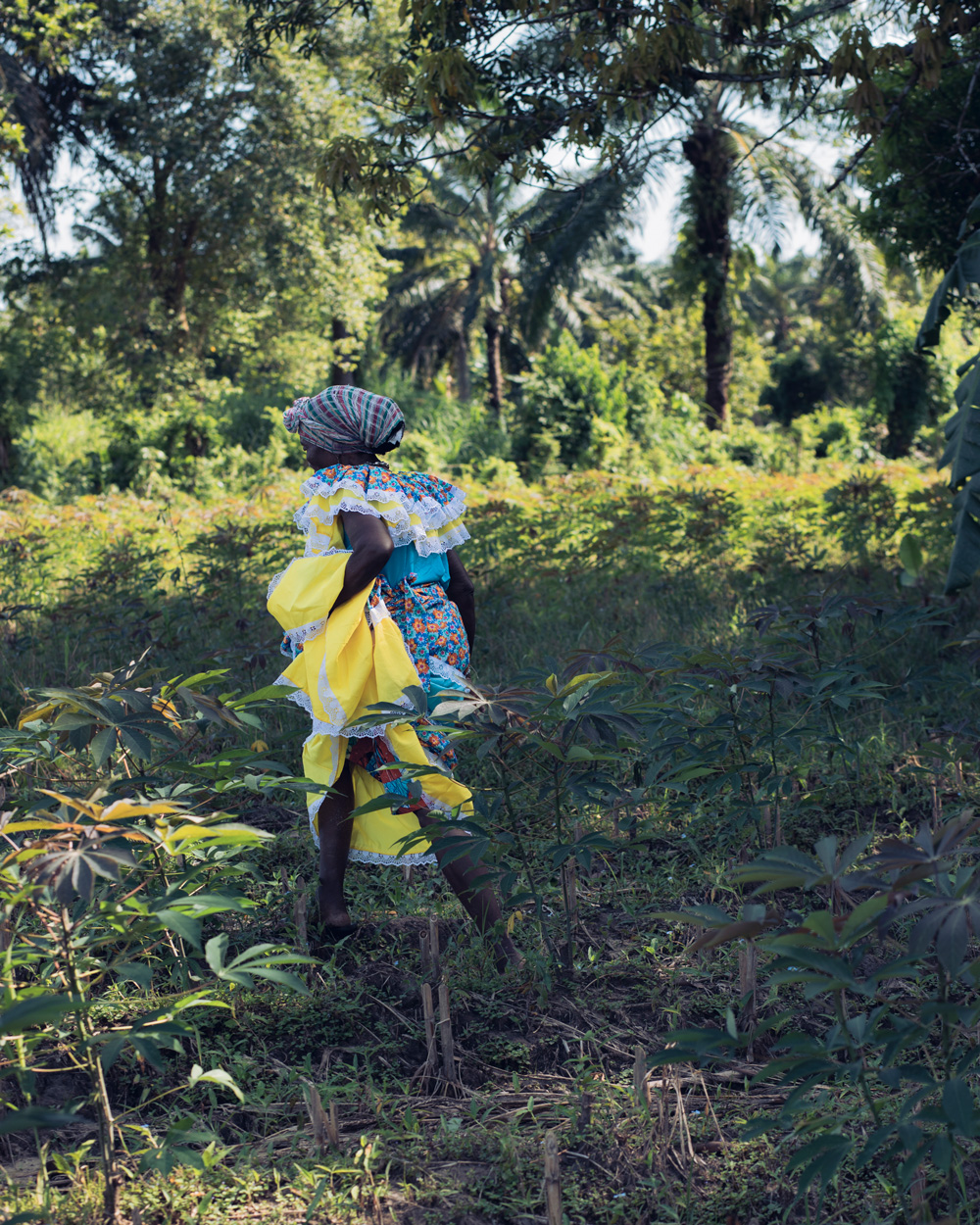On stage in Washington D.C.’s Kennedy Center, 80-year-old Ceferina Banquez cuts through the anxious silence of the crowd before her with a full wail. For a few seconds, Banquez’s voice, bold and unrestrained, fills the expanse of the auditorium until pulsating African drums and shakers jumpstart the beat, jolting the audience members out of their chairs and into the aisles to dance.
After a lifetime dedicated to the Afro-Colombian music of bullerengue, the stage is where the prolific singer-songwriter appears most at home, whether at a prestigious concert hall, miles away from home in the U.S. American capital, or in the small-town sweaty venues of the Colombian Caribbean Coast.
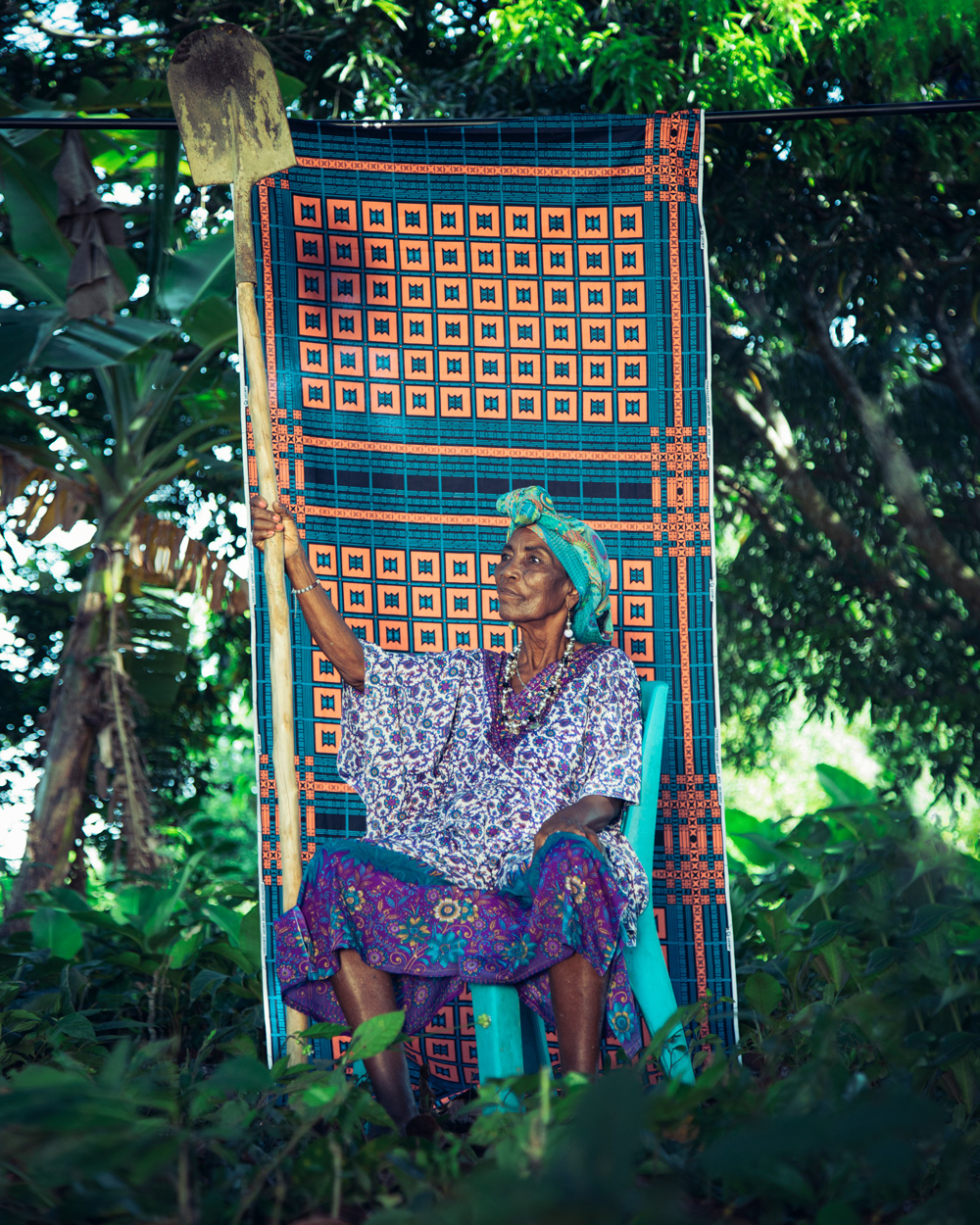
Dubbed once as the Queen of Bullerengue, Banquez is one of the genre’s top ambassadors. After existing in near-obscurity in Afro-Colombian towns and villages along the Coast, bullerengue today has transcended cultural and national borders, been adapted by young indie superstars, such as Lido Pimienta and Combo Chimbita, and become embedded in Colombia’s national identity. Women like Banquez have been crucial in bridging audiences in cities across Colombia, as well as Europe and the United States, to the centuries-old Black tradition.
With the support of Juan David Banquez, her musician nephew and bandmate, Banquez, the singer, meets me online, on a pixelated video call, from her daughter’s home in the town of Turbaco. As the day nears noon, the sweltering sun of the tropics peeks out from behind the clouds. Banquez, dressed in a pale pink turban and a white immaculate dress, with a few delicate gold chains dangling from her neck, is seated under the shade of a cool porch.
Throughout the video call, the humble, yet stoic matriarch often lets her verses speak for her, interspersing her words with bursts of song. Even with her success, she explains she’s led a simple life close to her family, residing now in Guamanga, the same farming community along the coast where she was raised.
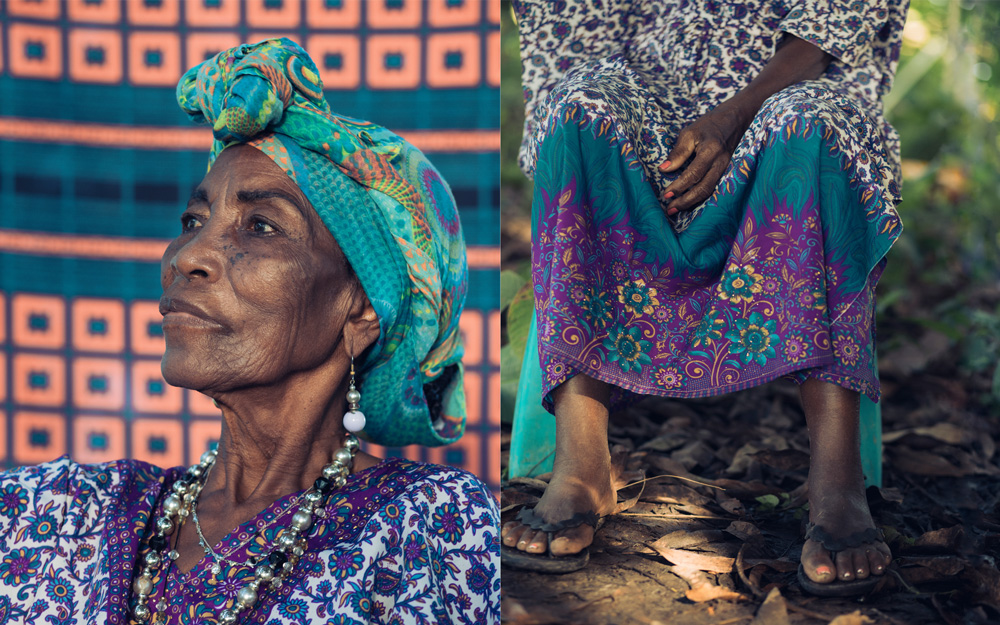
“I like to plant my rice, my plantain, my yucca,” stated Banquez.
There, she lives on a farm without running water, relying on the rains and a river to drink and wash. Electricity is drawn from a government-installed solar panel. Other basic services, such as the internet, considered luxuries in these remote swathes of the countryside, are absent. However forgotten these lands may be, they remain the subject of praise in various of Banquez’s songs. The Caribbean Coast is, after all, the birthplace of bullerengue, a genre born of enslaved people brought over from Africa who sang through their suffering in melodies and rhythms, passed down through generations. Cantadoras, the female singers like Banquez that front the bullerengue groups, have kept the tradition alive for centuries.
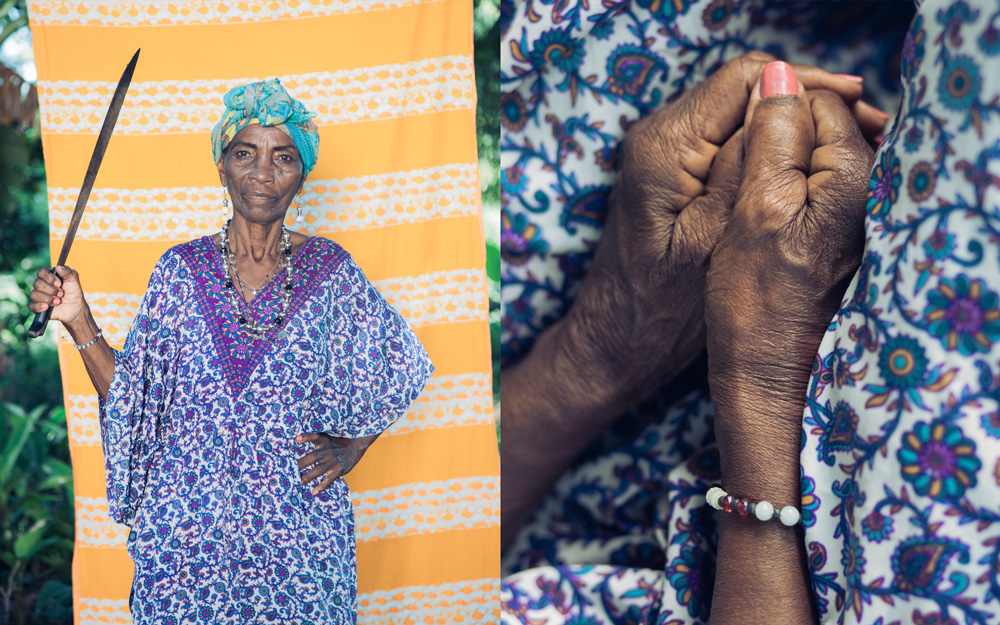
In recent years, however, the number of these cantadoras has slimmed, making Banquez one of the last remaining great singers and composers of the genre. While many her age have quietly retired, Banquez is instead busy reaching new heights in her career, recording new material and touring new cities.
“We’re going to keep recording in the studio as long as Banquez has the spirit, the voice, the desire, and the strength,” said Javier Mutis, co-founder of Om Producciones and Banquez’s manager. “We want to preserve this memory, this legacy.”
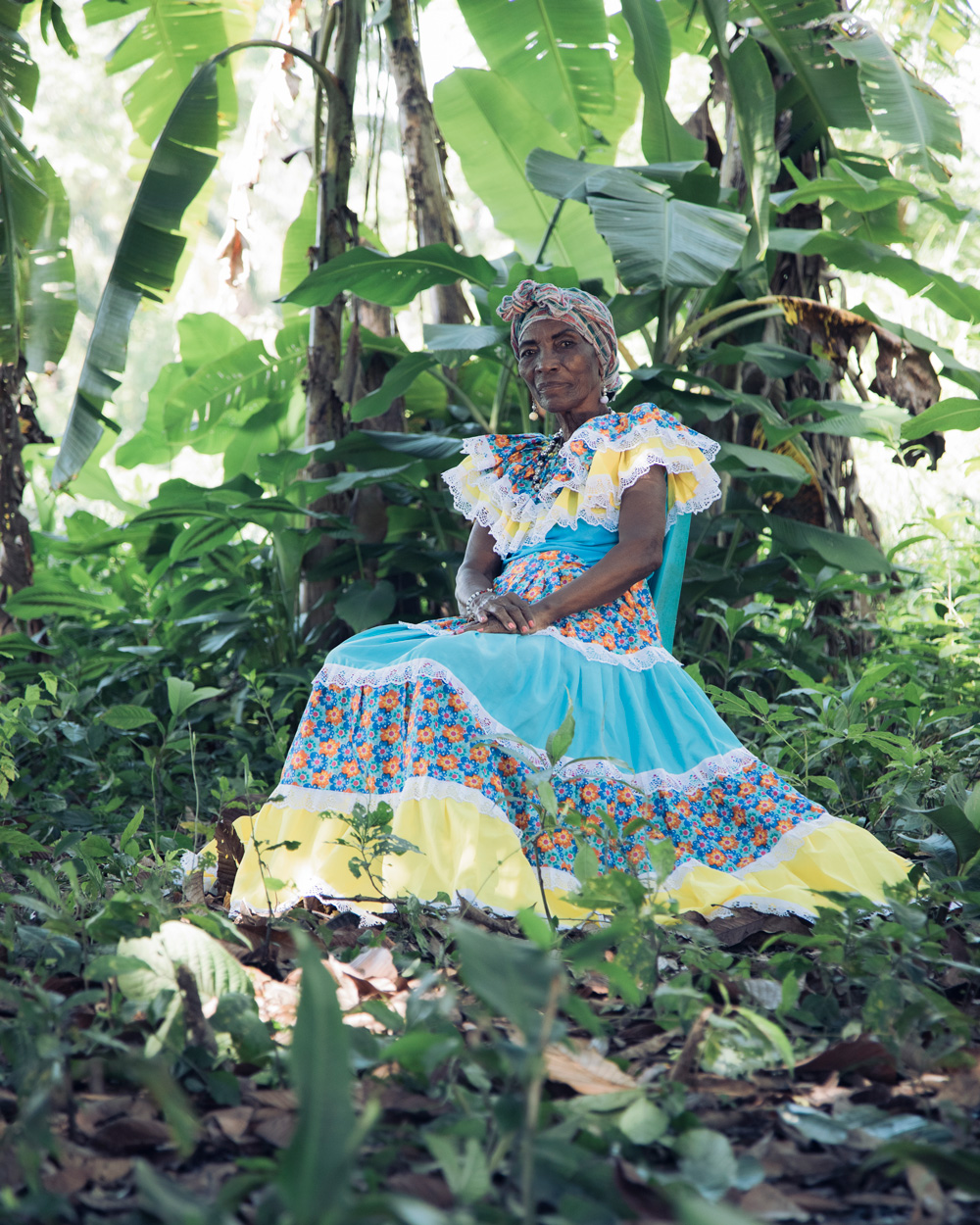
Banquez’s story is rare in Colombia, where few poor, Black women are recognized for their musical talents. Singing bullerengue, a genre started by Black Colombians, only created additional barriers. It wasn’t until 2010, when Banquez was 68, that the opportunity first arose for the cantadora to record.
Before this, violence uprooted her family from their home in 2001 and forced them to find refuge in the nearby town of Maria La Baja, where they struggled for 18 years. Throughout her marriage, her husband prohibited her from taking the stage because he believed it would distract her from her children. After her husband died and her children came of age, Banquez was a free woman to sing as she liked.
Now, at the ripe age of 80, Banquez is back home in Guamanga, where in 2007 she returned after the worst violence subsided. While much of her earlier work focuses on the pain of the armed conflict, her latest album, Que Le Baile Yo, released earlier this year, is a testament to the humor and joy with which Banquez has chosen to lead such a tumultuous life.
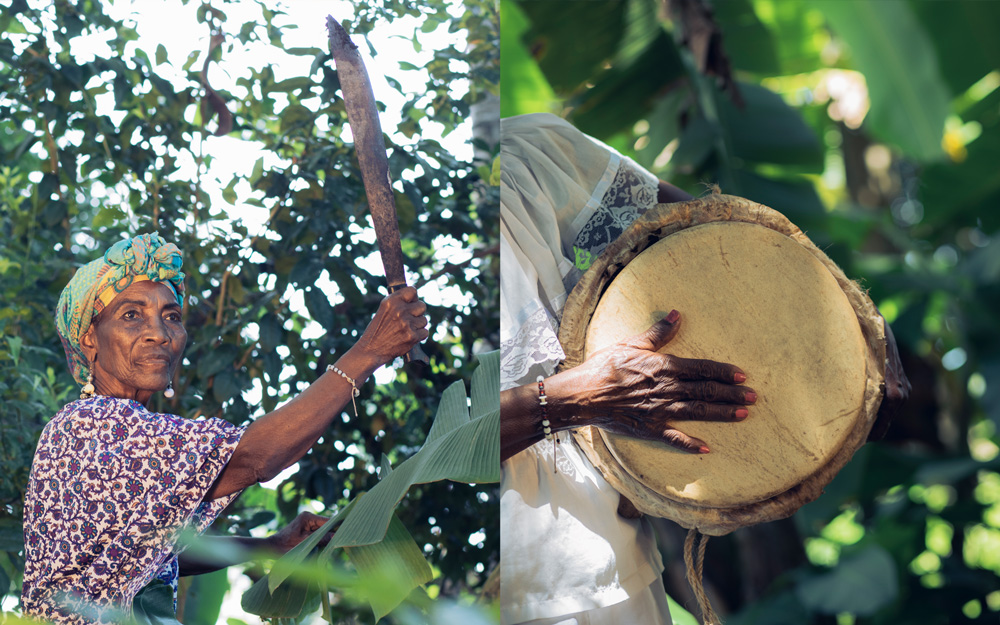
Banquez was born in the farming town of Guamanga, today a two-hour drive from the seaside tourist city of Cartagena, on February 3, 1942.
Long days working the fields were punctuated with afternoons enjoying the crooning sounds of vallenato, accordion-led folk music, as well as rancheras. These were the sounds that filled Banquez’s early life. A talented vocalist since youth, Banquez could have grown up to be a vallenato or ranchera singer. She liked both genres, which were both more commercial, but it was bullerengue, the music of her ancestors, that won her heart. “Later on, I realized that bullerengue was my thing,” explains Banquez. “Bullerengue comes from the Black African race and I’m Black and African.”
At the time, processions of cantadoras would travel from town to town, singing, dancing, and recruiting women to join them along the way. In Guamanga, it was Banquez’s maternal aunts, who were the pueblo’s musical celebrities. When she was a girl, her aunts encouraged her to compose a song out of a fall that had left her nose oozing with blood. At the age of nine, she had her first song.
“Bullerengue comes from things that happen to you. It’s not about romantic lyrics. It’s based on the pain you may feel because bullerengue comes from the Africans that were brought over to Colombia,” said Banquez.
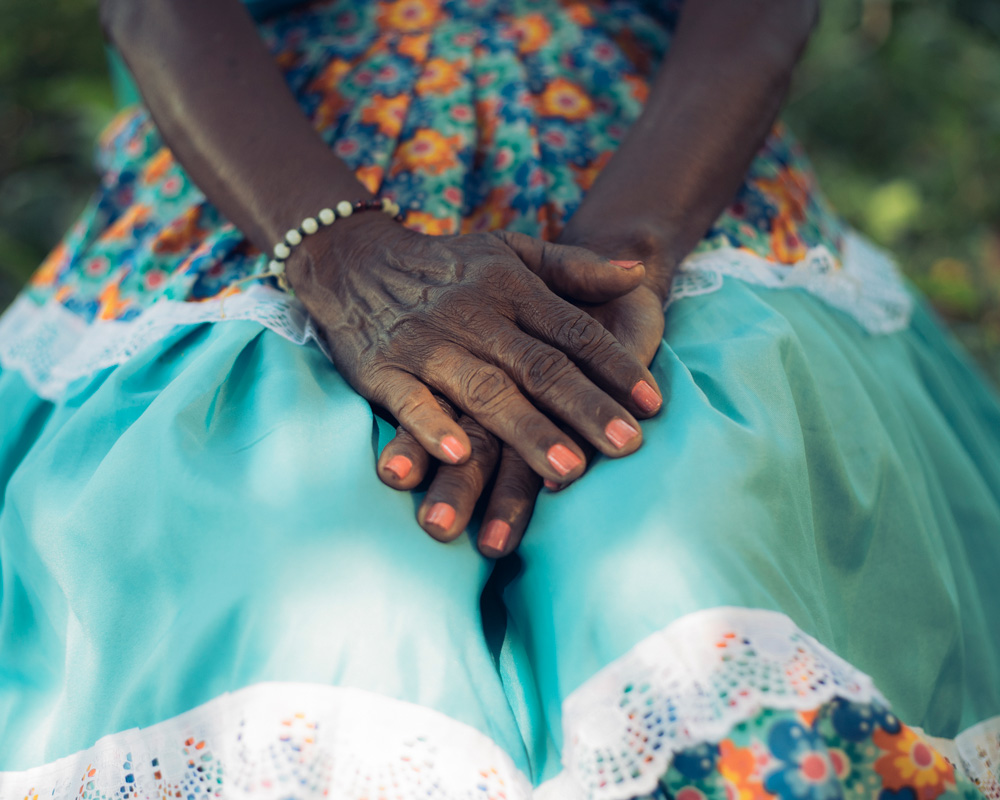
Since then, Banquez has never stopped composing, even if her songs stayed in the confines of her head. Not knowing how to read or write, Banquez could never write her verses. Instead, she repeated songs until they locked in her memory.
Her first compositions related to the growing pains of a girl: a nose injury after a fall or a heartbreak following the end of a relationship. In adulthood, after her family was displaced, she dedicated her compositions to the trials she experienced, living in exile from her home. Music had a balming effect on Banquez, allowing her a creative outlet for emotions few people understood.
“I suffered a lot because of the violence. It hurt a lot to leave my land,” she said.
In perhaps Banquez’s most well-known song, “Adios mamá,” she recalls the moment she was forced to flee: “I left the mountain/Of Montes de María/At six in the morning/I heard gunshots/Since I was scared/I paced from livingroom to kitchen/And now I’m with my godmother/I cried without solace.”
The song is a call for peace. At the time of the song’s composition, Colombia was the closest it had ever been at ending decades of conflict between the Revolutionary Armed Forces of Colombia (FARC) and the government. The country would soon vote on a peace deal. In the song, she explained her support of the treaty: “We have to forgive in order to obtain peace.”
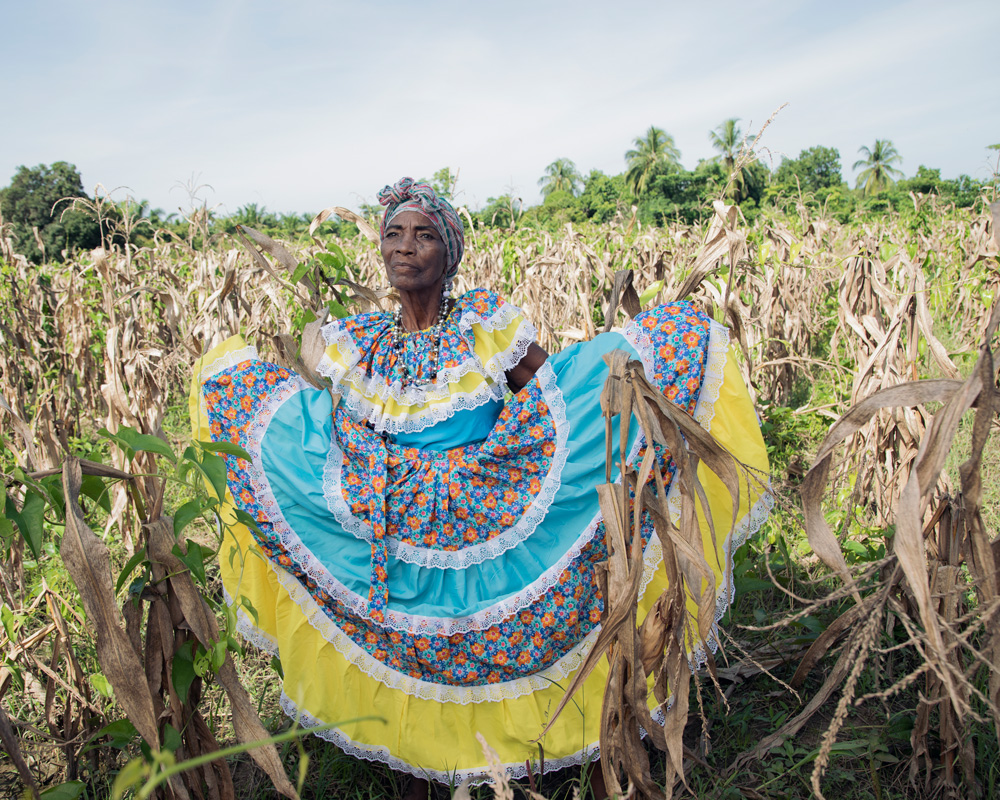
In the next coming weeks, Banquez is expected to return to the studio. She’s recorded 20 original songs so far, but many more are still stowed away in her memory, which Mutis, her manager, likes to call a “box of surprises.”
Recently, she unburied six songs she will soon record: one about a dog she lost years ago and another about the island of San Andrés and its native people. The subjects may seem to stray from Banquez’s usual subject matter, but throughout her life, the cantadora has proven she’s not easily predictable and that if an idea comes to mind, she can, and will, transform it into song.
